How to design a beach garden
This award-winning garden blurs the line between backyard and beach. How was it created?
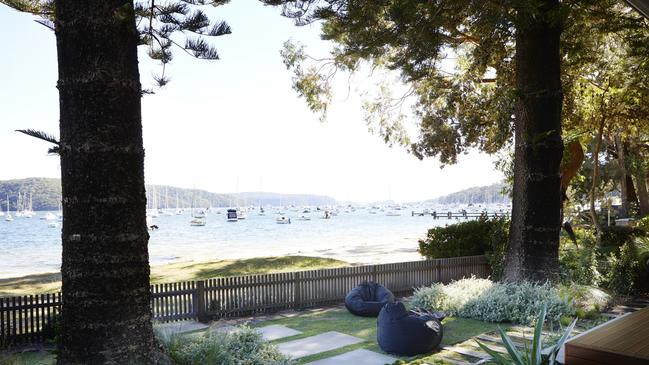
Designing a garden that connects directly with a beach requires environmental sensitivity as well as an eye for aesthetics and horticultural skills. The garden at this Clareville property on Sydney’s northern beaches has won numerous awards for design, construction, plant selection and maintenance for Fifth Season Landscapes, and a Landscape Design Institute designer of the year award for director Phil Antcliff, who was brought in early in the design process to work with the architects and the owners. “Contemporary coastal was the stylistic approach, focusing on a combination of clean lines and raw materials combined with layered planting suited to the natural environment,” Antcliff says.
The clients, in undertaking a full renovation of their beach house to make it their full-time home as part of a lifestyle change, were very garden focused and keen to integrate the house, garden and beach. The brief asked for a variety of garden spaces, as well as lifestyle elements such as two outdoor showers, built-in barbecue, grill and smoker, storage for water sports equipment and informal seating alongside outdoor entertaining.
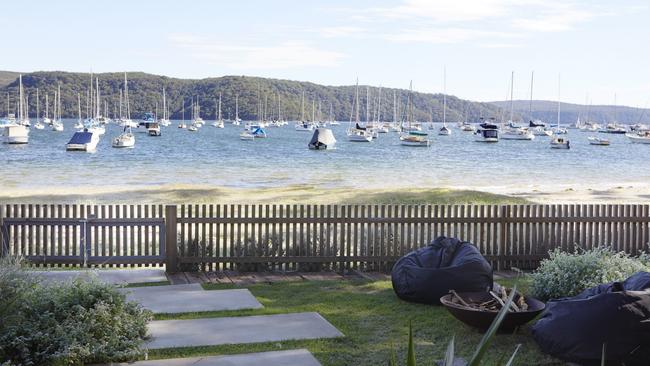
The rear garden backs directly on to Clareville beach and contains two huge Norfolk Island pines that had to be protected.
“It was critical to define the backyard boundary without heavily impacting views to the water beyond, in effect blurring the lines between garden and beach,” Antcliff explains. He chose a low, picket-style fence of recycled hardwood that will weather naturally. The path across the lawn to the beach gate is of large, burnished concrete steppers, poured in situ, but offset so as not to impact the roots of the two hero trees. Second-hand railway sleepers, interplanted with groundcovers, create generous paths across the back garden. All the new plantings in the back garden are low to preserve the full beach vista.
In the large front garden, a screening garden gives filtered privacy to the front lawn area and front office space, with a wide path of concrete steppers leading to the front door. “We used burnished concrete throughout the garden – in steppers, the feature letterbox, some floating seats and the barbecue area,” says Antcliff. “It lets us create any custom shapes we like. The aim was to use only a couple of different materials but use them really well.”
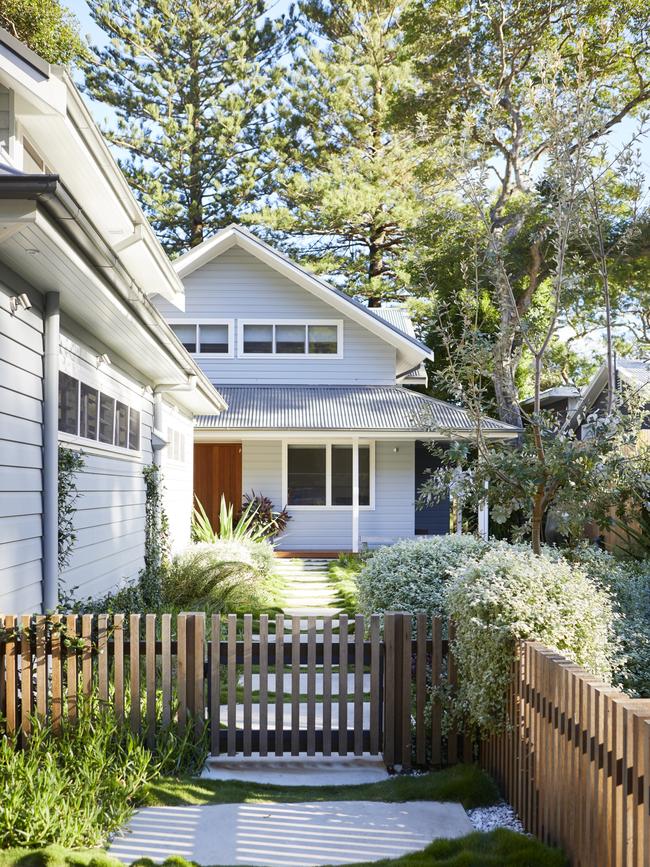
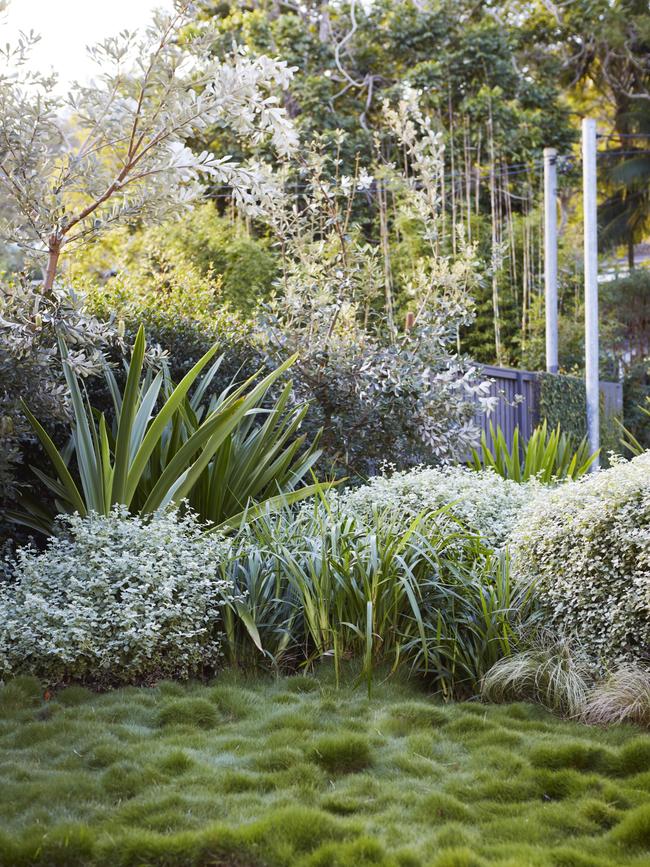
The planting of the front garden is much more complex than the back, with layers of plants to add textural and foliage colour interest. The trees are mostly coastal banksia (B. integrifolia) with Gymea lily (Doryanthes excelsa) and Mauritius hemp (Furcraea foetida) as accent plants, softened by mounds of silver licorice plant (Helichrysum petiolare) and coastal rosemary (Westringia fruticosa). Textural grasses include Carex ‘Frosted Curls’ and flax lily (Dianella caerulea). To create layers in the lawn as well, Antcliff used two forms of Zoysia grass, the taller Z. tenuifolium for its tufting, mounding form and a flat lawn of ‘Empire’ turf. The former also softens the spaces between the concrete steppers.
“I love the combination of the mounding grass with the recycled hardwood fencing,” says Antcliff. “It’s subtle but it brings the garden together.”
-
Q&A
Our three-year-old ruby grapefruit has lots of new leaves but their edges are curled under and the veins look yellow and thick. It had 12 fruit last year.
Leonie Tuite, Gold Coast
This could be a deficiency of boron, one of the trace elements critical for healthy citrus. It occurs in sandy soils and in young trees. Citrus need regular water and monthly doses of an organic-based citrus fertiliser with trace elements. You can apply a corrective dose of soluble boron but follow the label directions carefully as too much is just as bad. Also check your soil pH is between 5.5 and 7.
Having nurtured two robust, self-sown sasanqua camellias for several years, I’m disappointed they haven’t flowered. Am I wasting my time?
Jan McDonald, Melbourne
If camellias are happy in your garden, they will self-seed. Such seedlings can take seven years or more to bloom. If from cross-pollination, they can give rise to new varieties. You just need to be patient.
Our new home has a large hydrangea with many leaves but no flowers. Should we fertilise or prune right back?
Lou Watts, by email
If hydrangeas are pruned very hard in winter or later, they won’t flower that summer. Generally, you prune hydrangeas mid-winter, cutting the stems that flowered back to a pair of plump buds. If there’s only one bud, choose that. Stems that haven’t flowered can be pruned lightly in summer and should flower next year. Fertilise in early spring and early summer with a flowering fertiliser.
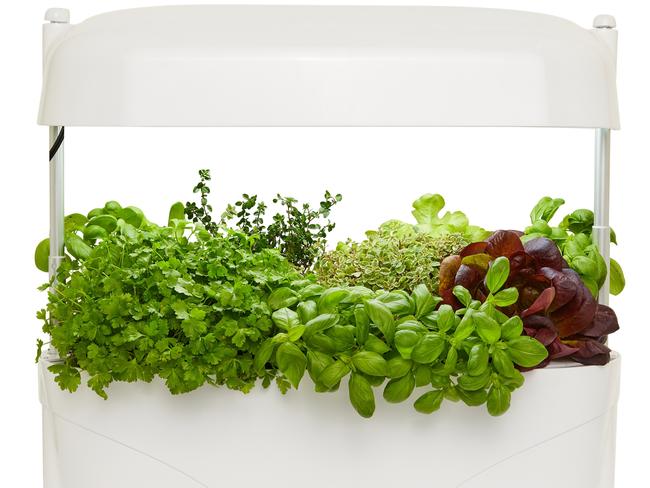
Send your questions to helenyoungtwig@gmail.com. The best question for February wins a Kitchen Garden by Vegepod ($349) for growing edibles indoors.


To join the conversation, please log in. Don't have an account? Register
Join the conversation, you are commenting as Logout